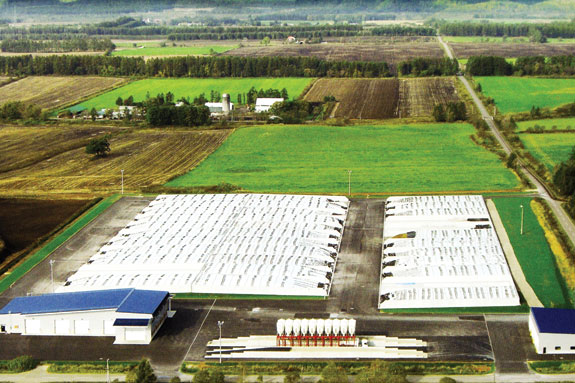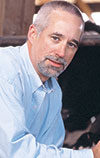I have made about a dozen trips to Japan over the last decade to work with dairies on the north island of Hokkaido. While the Japanese are internationally known for “Kaizen,” referring to a focus on continuous improvement of processes in manufacturing, engineering and business management, it is impressive how quickly they adapt ideas from around the world into their dairy sector.
One of the latest trends that I have seen growing is their focus on improving feed quality and providing highly consistent TMRs to herds in Hokkaido by cooperating together via TMR centers.
A brief overview of the Japanese dairy industry might be in order. There are about 20,000 dairy farms in Japan with about 7,200 (36 percent) of those in Hokkaido. Those dairies are milking 57 percent of the 822,000 total dairy cows in Japan.
While Japan ranks relatively low in the world for dairy cow numbers (13th), they rank third for milk production per cow behind the U.S. (first) and South Korea (second).
It is well known that over the past decades, the Japanese have purchased elite U.S. and Canadian Holstein genetics, so their genetic base is quite high.
What lags somewhat behind are the quality of homegrown forages and the high cost of imported cereal and protein feeds. Generally, most of the forages are grown in Hokkaido with about 100,000 acres of corn silage and more than 1.3 million acres of grass (mostly timothy).
The high cost of feed and the desire to focus attention on cows rather than crops has led to the development of TMR centers. Today there are 53 such centers on Hokkaido serving about 10 percent of the herds.

A “typical” Hokkaido TMR center is formed by about 20 dairy farmers within a 10-mile radius and milking a total of about 2,000 cows.
The TMR center is also responsible for growing, harvesting and storing all forages.
In the case of the Kamishihorocho TMR center that I visited in August, it had 19 members milking 2,000 cows and was responsible for the farming operation of about 1,200 acres of corn silage and 1,440 acres of grass silage owned by its patrons.
The center makes three lactating TMRs (55 pounds milk, 78 pounds milk and 88 pounds milk) along with two dry-cow TMRs (early and late dry periods) using a mobile, vertical TMR mixer (some TMR centers install stationary mixers).
They purchase their complete feed to mix with the forages from local co-ops or feed companies and rely on feed company and extension nutritionists to balance diets.
Feed is delivered either in compartmentalized, bulk trucks for larger dairies or as palletized 1-ton “compressed TMR bales” for use by smaller dairies using feed carts in tiestall barns.
The fact that the TMR centers rent the farm ground from the dairies and do all the farming and harvesting allows the dairies to focus on cows and also avoid the expense of field machinery.
The approximate cost to the dairy for an 88-pound lactating ration is about 1,000 yen per cow per day ($10.50) for cows eating 52 pounds dry matter per day. On the surface, feed cost may seem high, but not when considering the dairy has land rent as income and the current price of milk is about $36 per hundredweight.
While this idea may not apply to the majority of U.S. dairies, the Japanese focus on “cows before crops” by leasing their farm ground to professional growers and on providing consistently high-quality TMRs may be worth emulating.
The concept of a shared, centralized, professionally managed feeding system which can deliver tailor-made rations to dairy units located within a reasonable trucking distance may be an idea we can finally adapt from the Japanese. PD
Bill Mahanna is a board-certified nutritionist with DuPont Pioneer and an adjunct professor at Iowa State University.
PHOTOS: Photos courtesy of Bill Mahanna.

-
Bill Mahanna
- Nutritional Sciences Manager
- Pioneer
- Email Bill Mahanna






